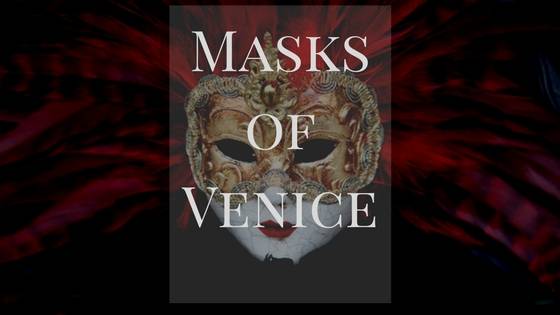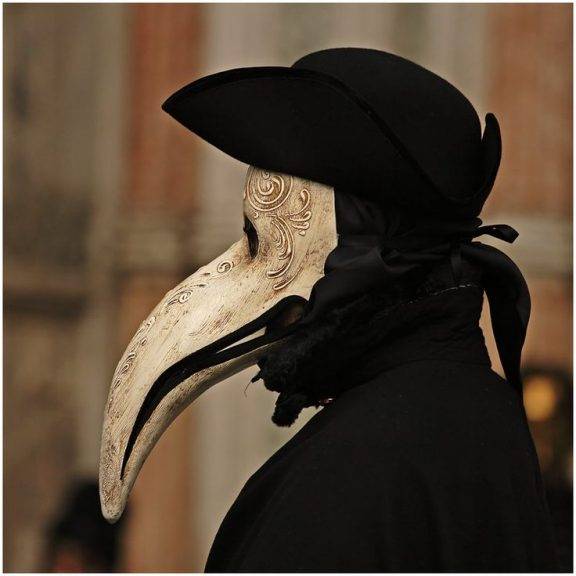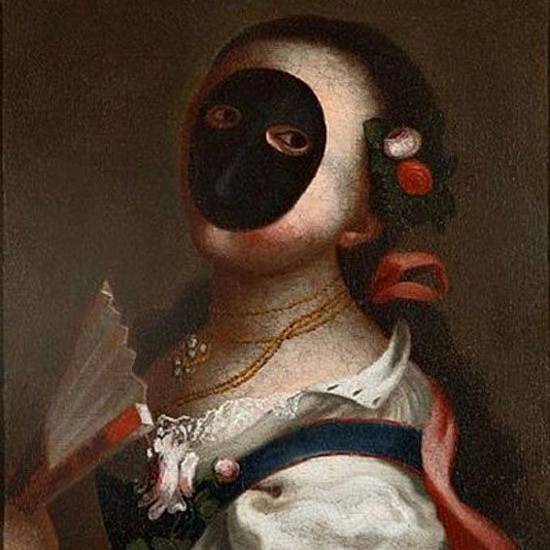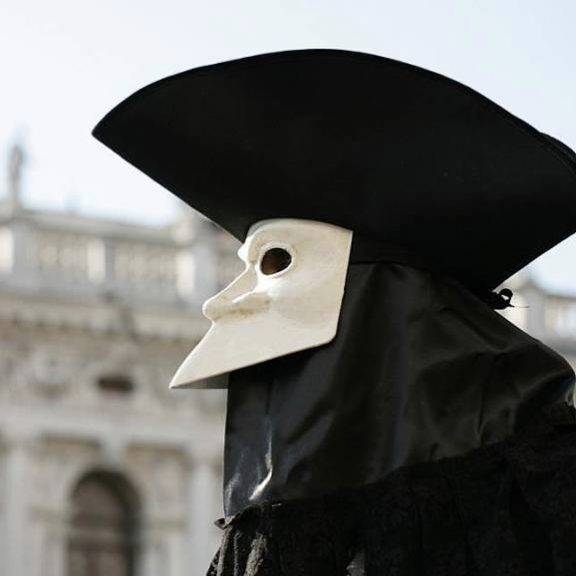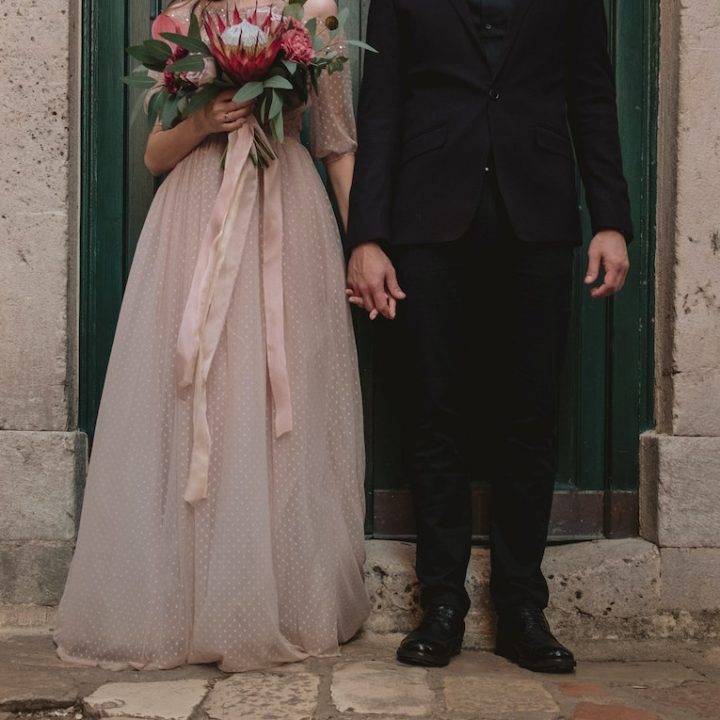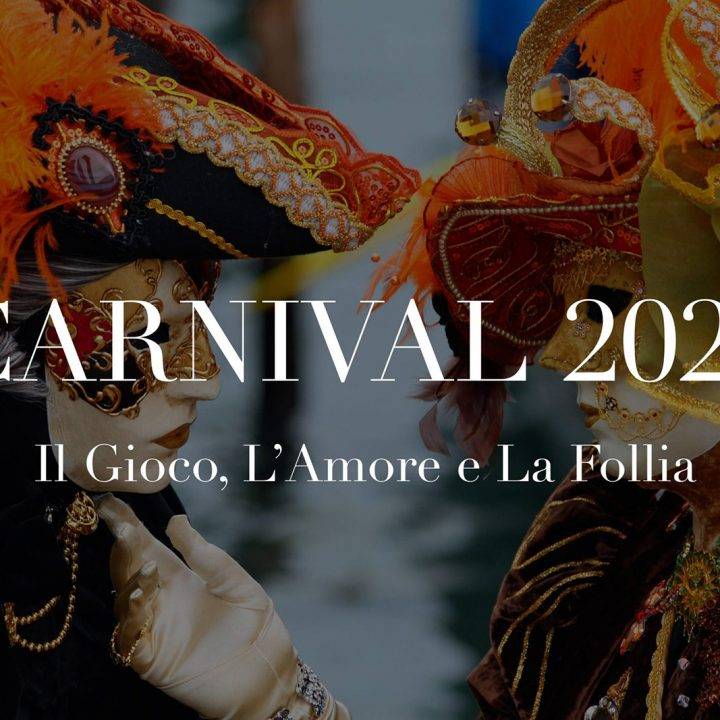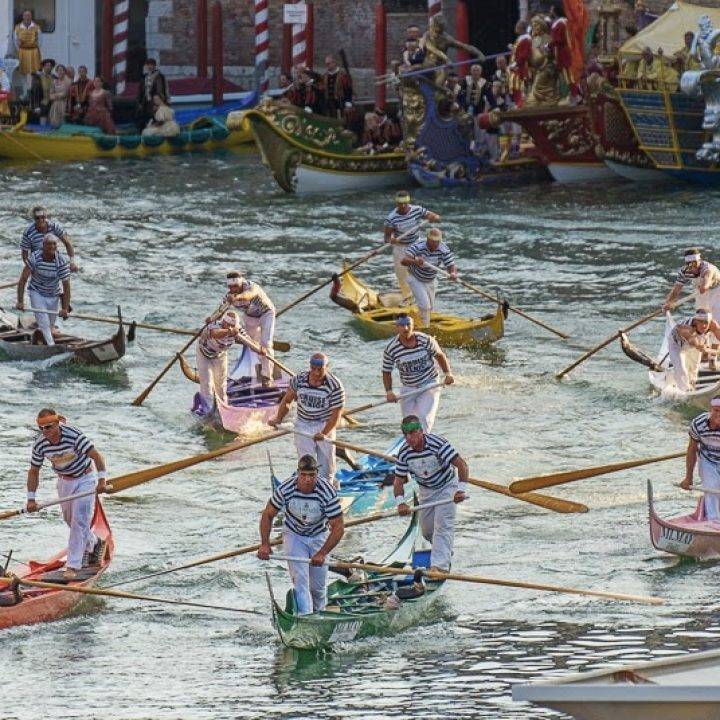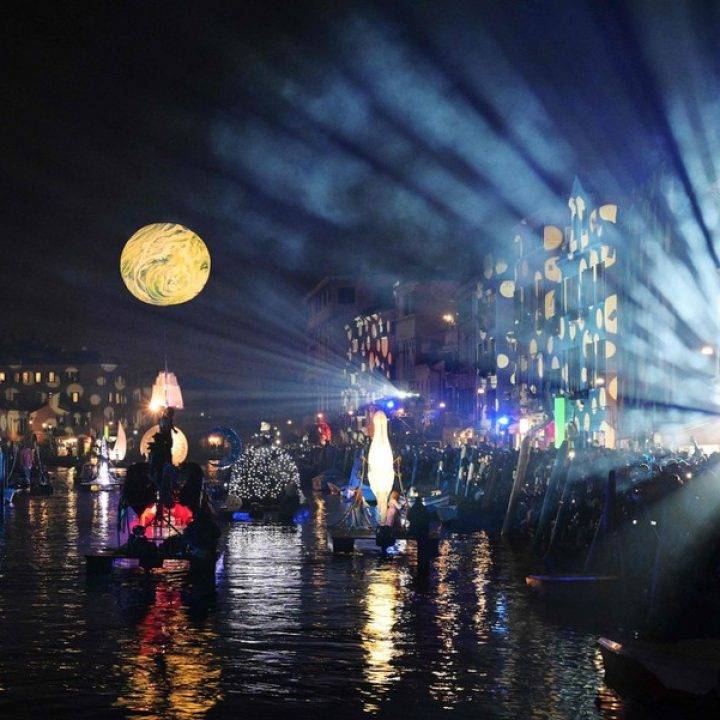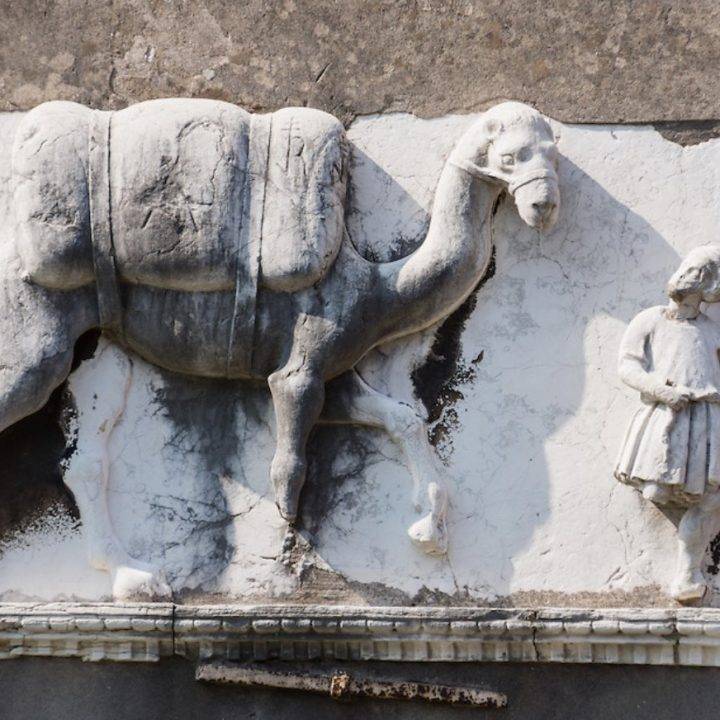Get Mask Ready! This year Carnival falls particularly early, 29 th January.
This means that no sooner have you taken down the decorations of Christmas and put your best foot forward in the direction of the new year, you start hearing the inevitable murmurs of Carnival and the first signs of traditional masks.
The murmurs that will lead you astray, but that is ok because it is almost your civic duty to recognize the cities rules by breaking them, or so it was once upon a time. It was also illegal to wear masks at any over time of year, carry weapons whilst wearing certain masks, men to dress as women, and prostitutes to wear masks at all. These are a few rules that it may be worth bearing in mind before choosing your mask.
Last year I wrote about the History of Carnival and what you can expect from it today. But this year I am more and more intrigued by the concept of masking and the different types of mask that there were traditionally and are still today. Like many theatrical cultures, there is much to meet the eye if you know what you are looking for. Each mask, like a fan, implies something different.
What are the different types of Venetian Mask?
Bauta, Columbina, Doctor Della Pesta, Muta (Moretta), Face, Pants. [/ sc_fs_faq]
~ The Meaning behind the Masks ~
Bauta
probably the most recognizable and with one of the most interesting histories. It is a full face mask, with a strong jaw line, often pointed and tilted up to allow the wearer to eat and drink easily whilst preserving the anonymity. Despite being a popular choice during Carnival it also served a more social purpose when public votes were called. Only citizens were allowed to wear it and it allowed for free speech. Inevitably, the secrecy also appealed to those who wanted to have secret affairs of their own, but interestingly it was illegal to have a weapon if wearing this mask.
Columbina
A very recognisable design by now, it covers half the face barely offering anonymity but was made famous by a notoriously beautiful actress at the time who did not want to have her whole face covered.
Medico Della Pesta (The Plague Doctor)
This was initially used by actual doctors who during the plague wanted to maintain their distance from the invalid patients whilst treating them. However, its striking birdlike appearance has become increasingly popular. It has a slightly haunting profile despite its healing origins.
Muta or Moretta
It may be worth mentioning now that this mask has not been in regular use since 1760. Very distinctive, it was designed for women, to highlight ‘the beauty of feminine features’, the head, body and mind. However, without an attachment, the wearer is obliged to hold it in place, but biting on a mouth-piece. By which they are rendered mute, hence the name.
Volto (Larva)
This is fairly simple mask like the Bauta, it allows the wearer to eat, breath and drink easily. It is white in colour and for this reason is known also as the ghost mask. It is popular for those who are dancing or spending long evenings out because as well as keeping your identity safe, it is conveniently light-weight unlike some of the other more elaborate masks.
Pantalone
Whether it is correct or not there is an idea that the final mask I will mention ‘Pantalone’ takes its name from the Venetian habit of planting a flag wherever they land- Pianta Leone (Plant the lion).
I am not sure this makes the most sense out of all the reasons I have heard, but I definitely preferred this story to some of the other more tame versions. Traditional this mask is not only the mask but the whole costume of an old merchant.
Why did people wear masks in Venice?
“Great thing did the man who first invented the mask “bauta” because this makes people of every role and age in convenient equality and avoids any reverence between sexes”.

